This is an older piece from the fall, but with the talks going on about Syria this felt an appropriate time an infographic about sarin gas poisoning.
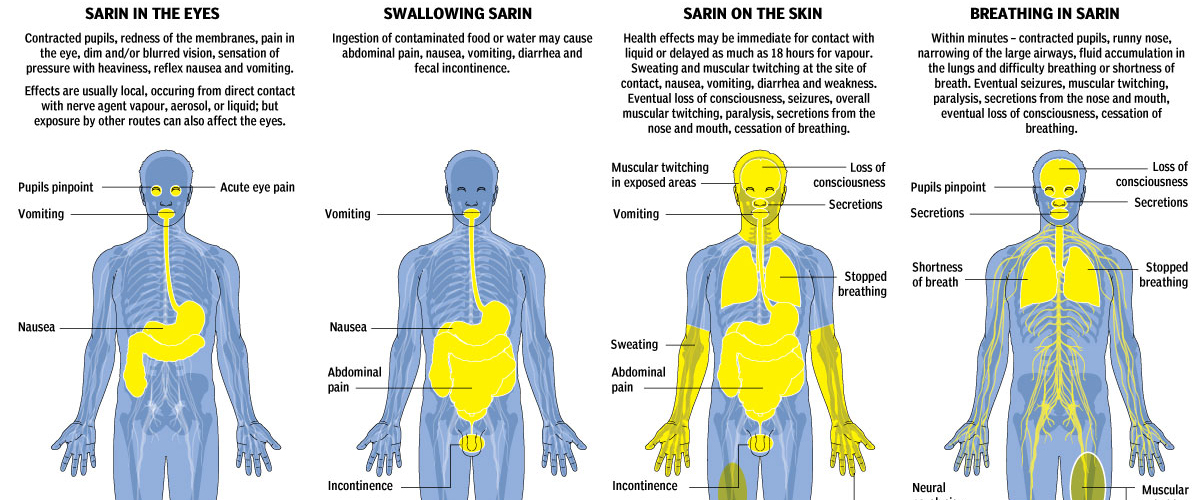
Credit for the piece goes to Jonathon Rivait, Mike Faille, and Richard Johnson.
As I noted in my Friday post, I spent last week in Lithuania for work. That same Friday night, I had a conversation with a few coworkers over dinner and a beer about credit cards. They teased me that for all of America’s technological advances and advantages, even in Lithuania they were using more secure forms of bank card payment: chipped cards. And that story seems a perfect segue into today’s post from the Washington Post.
Through a combination of charts, maps, and illustrations—a cropping of which is shown below—the Post details the advantages of using microchipped cards in preventing certain types of fraud. Additionally, because of the integration of the visuals with the written explanations, text can be used to provide longer anecdotes to explain exceptions and outliers when and where necessary.
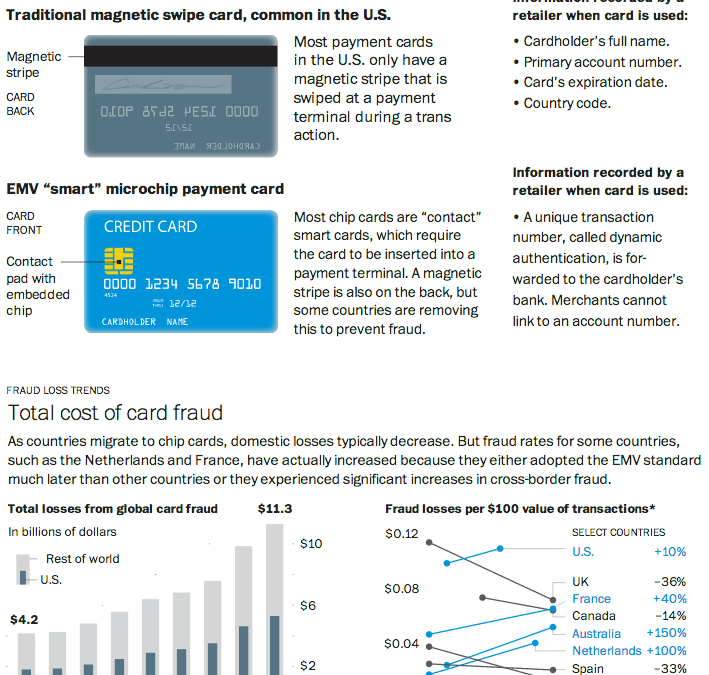
Credit for the piece goes to Todd Lindeman.
…before any of this occurs. Courtesy of BBC Future and the New Year, welcome to the end of the world as we know it. (Sing it, Michael.)

Credit for the piece goes to iibStudio.
This past weekend I was having a discussion with some friends about the height of various Ferris wheels. Specifically we were wondering the height difference between the London Eye and the wheel at Chicago’s Navy Pier. Well, it turns out that Washington, D.C. is preparing to begin construction on its own wheel. Naturally, the Washington Post covered the story with a graphic to compare the Capital Wheel to the London Eye.
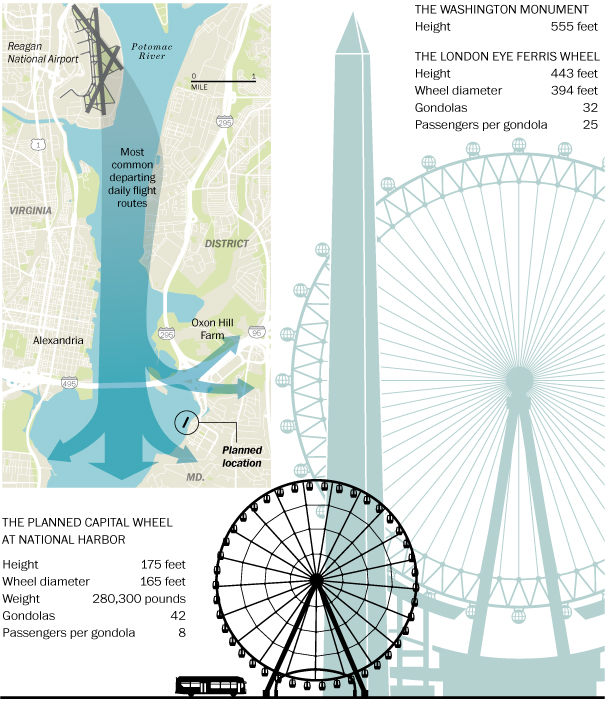
And for those wondering about Chicago’s wheel at Navy Pier, well it clocks in at 150 feet. That makes it 25 feet shorter than the Capital Wheel in D.C.
Credit for the piece goes to Richard Johnson.
Airlines want to make flights as profitable as possible. And that largely entails cramming as many people into those hollow cylinders called aircraft fuselages as possible. This is despite advice from Airbus, one of the world’s largest aircraft manufacturers to set a minimum seat width standard greater than US airlines are investigating. Thomson Reuters does a nice job illustrating the changes in this graphic.
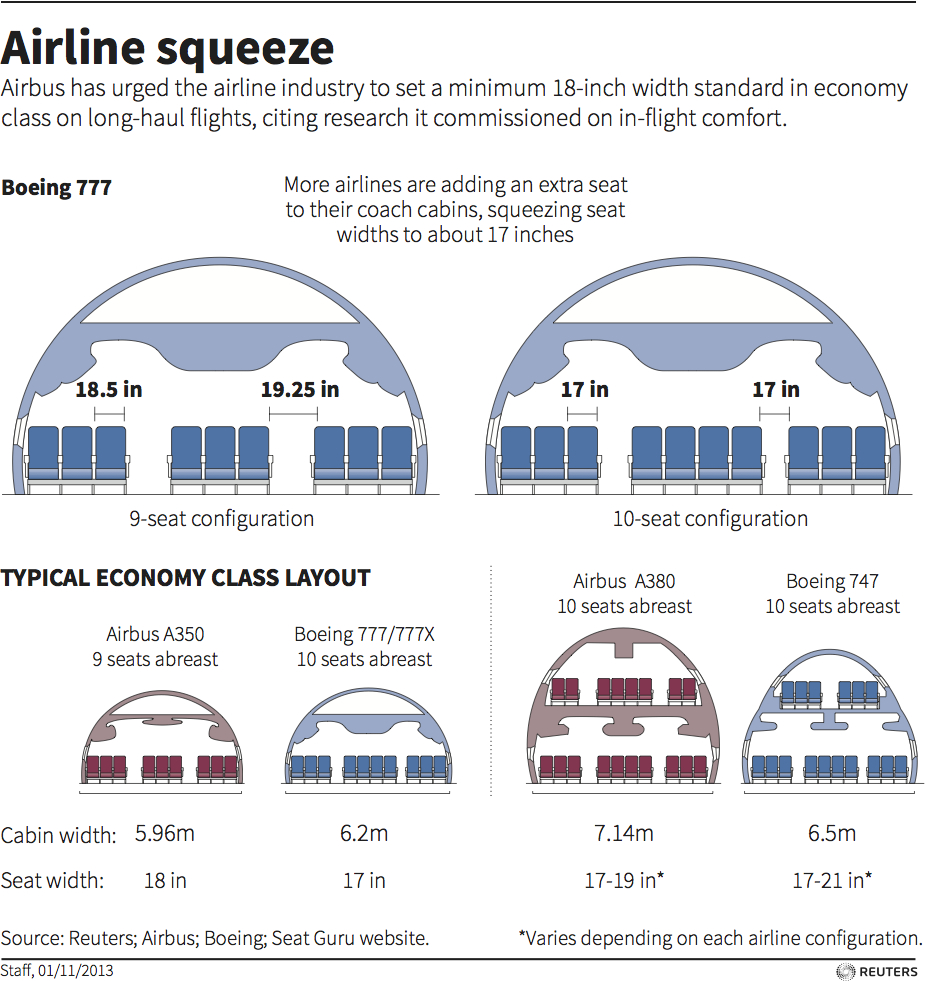
Credit for the piece goes to the Thomson Reuters graphics staff.
Most of us have likely seen the wind map by Fernanda Viegas and Martin Wattenberg. However, this new wind map takes the idea and makes it a bit more useful. It offers the user the opportunity to look at winds at different levels of the atmosphere. Or you can look at different projections. Some projections show wind patterns better than others. You can also see wind across the world, not just the United States.
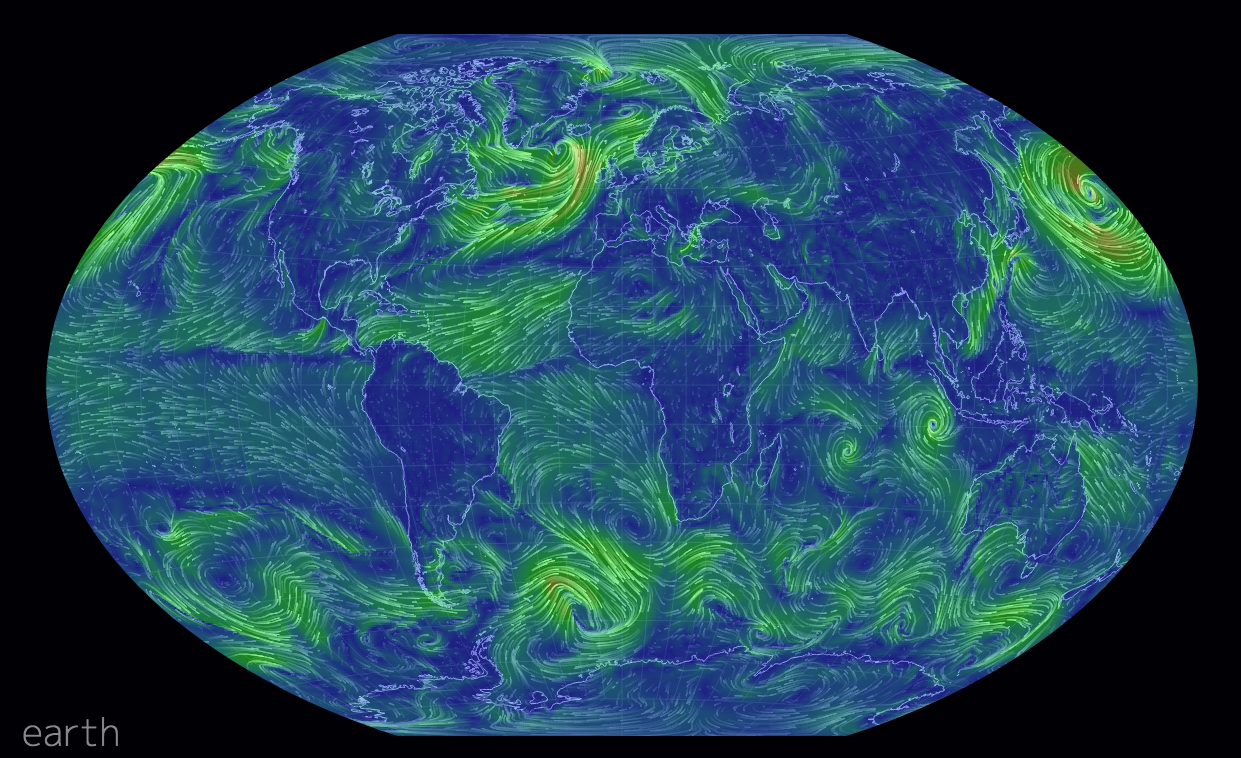
Credit for the piece goes to Cameron Beccario.
From xkcd comes the chart explaining just what of file extension you can trust. Neither the .gif nor the magic .jpeg rate rather highly.
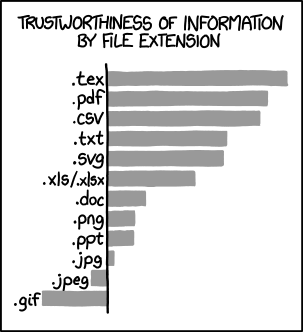
Credit for the piece goes to Randall Munroe.
Today’s post comes from the Washington Post, which looks at further revelations about the NSA surveillance programme. Specifically, the Post details how the NSA tracks Americans by what is called co-traveler analytics. The piece does a really nice job of explaining how the tracking works through illustrative examples.

Credit for the piece goes to the Washington Post graphics department.
Another from xkcd, this time on television ownership. If you are among those trending towards the embarrassed. Well, it’s Christmas season. So get ready to go buy one.

Credit for the piece goes to Randall Munroe.
The Illinois Tollways will be raising speed limits starting 1 January. Part of that process includes researching current driving habits and patterns. This graphic by the Chicago Tribune looks at some of the results. While the map part is necessary to show the routes themselves and the limits on those routes, the more interesting part is the dot plot below.
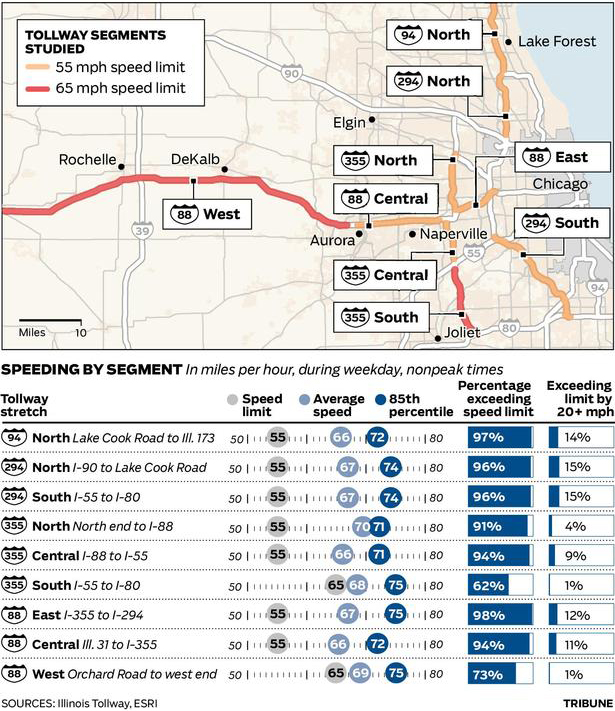
Credit for the piece goes to the Chicago Tribune’s graphic department.